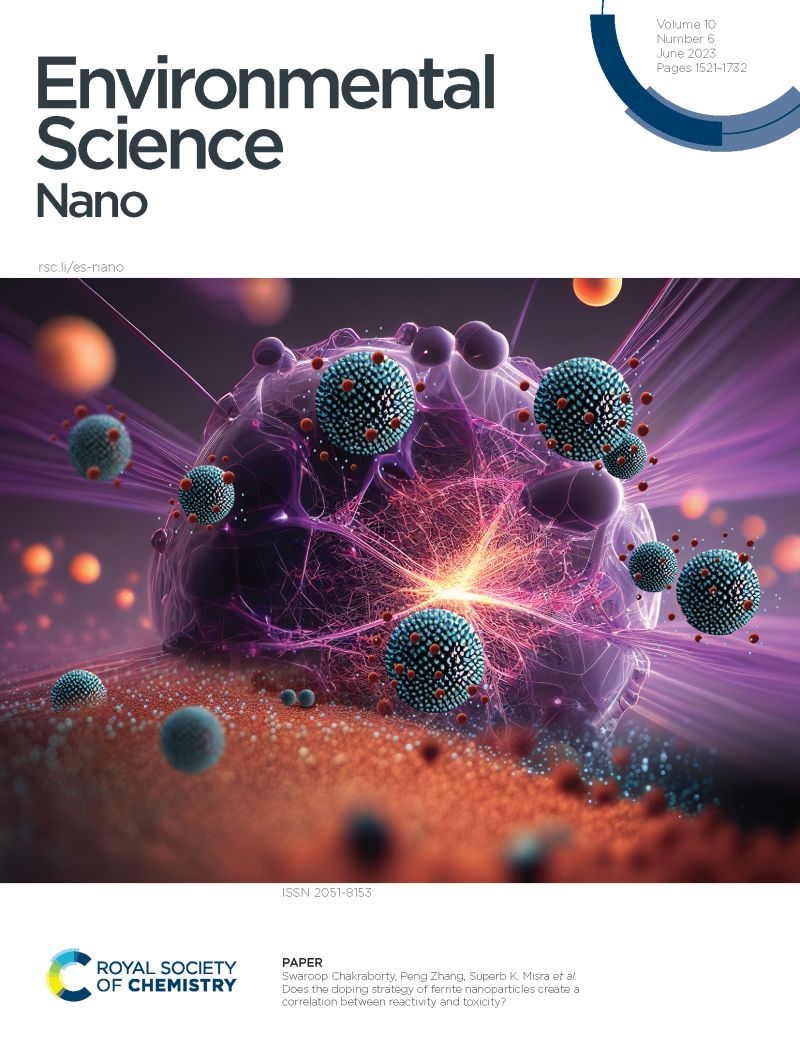Advanced mesoporous adsorbents and catalysts for CO2, NOx, and VOCs removal: Mechanisms and applications
IF 5.8
2区 环境科学与生态学
Q1 CHEMISTRY, MULTIDISCIPLINARY
引用次数: 0
Abstract
In recent years, climate change and air pollution have garnered global attention due to their significant threats to human health and environment. The rising emissions of gases, such as carbon dioxide (CO2), nitrogen oxide (NOx), and volatile organic compounds (VOCs) have become pressing environmental issues. Addressing the growing emission of CO2 and gaseous pollutants urgently requires the development of new materials that can enhance the efficiency of adsorption or catalysis systems. Mesoporous materials have attracted much attention for gases capture and conversion, due to their exceptionally high surface area, interconnect pore network, and superior mass transfer. These characteristics promise improvements in adsorption/catalysis capabilities, as well as in materials durability and stability. This review explores recent advancements in mesoporous materials, such as mesoporous metal oxides (e.g., mesoporous TiO2, MnO2, Co3O4, and CeO2), mesoporous silicas, and mesoporous carbon for the adsorption or catalysis of gaseous pollutants (i.e., CO2, NOx, and VOCs). Their mesoporous texture and surface chemistry, along with the influence of loading species (e.g., metal and metal oxides) on their efficiency and selectivity for gases capture and conversion, are detailed. Furthermore, the review outlines prevailing trends, identifies key challenges in the development of mesoporous materials, delineates future research directions, and proposes strategies to achieve the deployment of mesoporous materials in gas adsorption and catalysis.用于去除二氧化碳、氮氧化物和挥发性有机化合物的先进介孔吸附剂和催化剂:机理与应用
近年来,气候变化和空气污染因其对人类健康和环境的重大威胁而备受全球关注。二氧化碳(CO2)、氮氧化物(NOx)和挥发性有机化合物(VOCs)等气体排放量的增加已成为紧迫的环境问题。要解决二氧化碳和气态污染物排放量不断增加的问题,迫切需要开发能够提高吸附或催化系统效率的新材料。介孔材料因其超高的表面积、相互连接的孔隙网络和优异的传质性能,在气体捕获和转化方面备受关注。这些特性有望提高吸附/催化能力以及材料的耐久性和稳定性。本综述探讨了介孔材料的最新进展,如用于吸附或催化气态污染物(如 CO2、NOx 和 VOCs)的介孔金属氧化物(如介孔 TiO2、MnO2、Co3O4 和 CeO2)、介孔硅和介孔碳。详细介绍了它们的介孔质地和表面化学性质,以及负载物种(如金属和金属氧化物)对气体捕获和转化效率和选择性的影响。此外,该综述还概述了当前的发展趋势,指出了介孔材料开发过程中面临的主要挑战,划定了未来的研究方向,并提出了在气体吸附和催化领域应用介孔材料的策略。
本文章由计算机程序翻译,如有差异,请以英文原文为准。
求助全文
约1分钟内获得全文
求助全文
来源期刊

Environmental Science: Nano
CHEMISTRY, MULTIDISCIPLINARY-ENVIRONMENTAL SCIENCES
CiteScore
12.20
自引率
5.50%
发文量
290
审稿时长
2.1 months
期刊介绍:
Environmental Science: Nano serves as a comprehensive and high-impact peer-reviewed source of information on the design and demonstration of engineered nanomaterials for environment-based applications. It also covers the interactions between engineered, natural, and incidental nanomaterials with biological and environmental systems. This scope includes, but is not limited to, the following topic areas:
Novel nanomaterial-based applications for water, air, soil, food, and energy sustainability
Nanomaterial interactions with biological systems and nanotoxicology
Environmental fate, reactivity, and transformations of nanoscale materials
Nanoscale processes in the environment
Sustainable nanotechnology including rational nanomaterial design, life cycle assessment, risk/benefit analysis
 求助内容:
求助内容: 应助结果提醒方式:
应助结果提醒方式:


